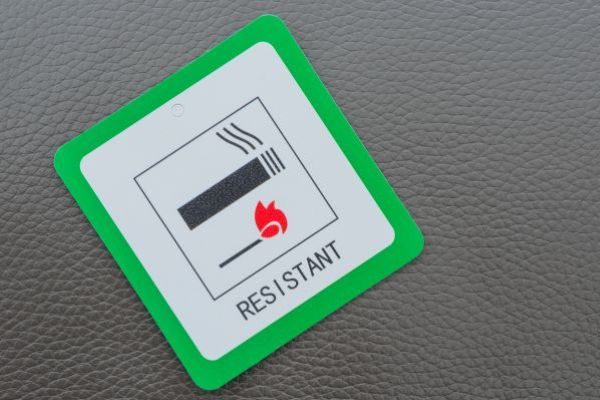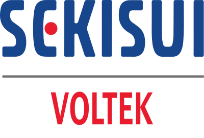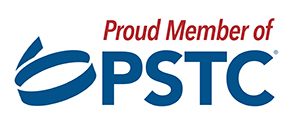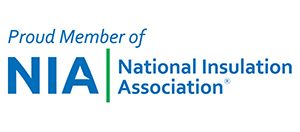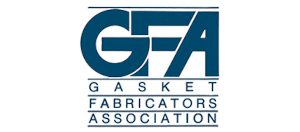The Future of Flame Retardants (FR)
In recent years, the US and other countries have been following a more environmentally conscious approach to halogenated flame retardants, leading to increased regulation across various industries where halogens can be used, and has ignited (no pun intended), the demand for halogen-free options. For example, the State of New York prohibited the use of halogenated FRs and phosphorus-bromine FRs for use in residential upholstered furniture, effective July 2022. Likewise, Europe has banned the sales of televisions that contain brominated flame retardants. With this in mind, the non-halogenated flame retardant market is expected to continue to gain traction in the coming years in building and construction, electronic, textile and transportation industries.
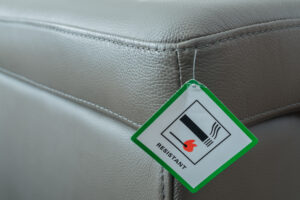
A SHORT HISTORY OF FR
Flame retardants are additives from the halogen chemical group that are added to plastics or other materials to limit the ability for fire to catch, or spread, when exposed to a spark.
It is said some of the first applications of flame retardants have been around for centuries. To illustrate, studies show that as early as 450 B.C., the Egyptians soaked wood in potassium aluminum sulfate (alum) to reduce its flammability. Through the centuries, development continued and eventually the first British patent was granted to Obadiah Wilde in 1735, for his mixture of alum, borax and ferrous sulfate that was used to improve the safety of theater curtains and other textiles used at the time.
Due to their effectiveness, flame retardants have been included in commercial and consumer products for many decades. While effective in limiting fire, when burned, these chemicals produce toxic gasses that can be harmful to humans and the environment.
In order to keep with market trends, SEKISUI Voltek has developed a non-halogenated PE and non-halogenated PP foam. Our non-halogenated PE foam, commonly used for insulation purposes in the general industrial market, addresses the need for replacing current halogenated FR applications. Additionally, the PE foam has shown passing results on the following test methods:
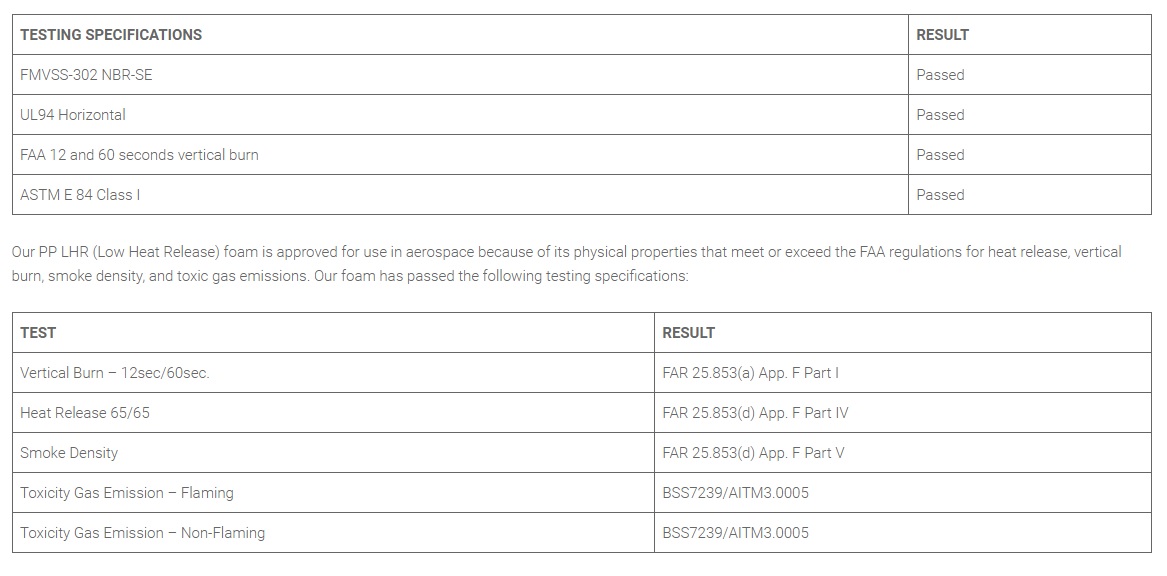
POSSIBLE APPLICATIONS
- Aviation Wall Panels
- Aviation Class Dividers
- Premium Seating
To learn more about our non-halogenated FR foam, email us at prodinfo@sekisuivoltek.com
